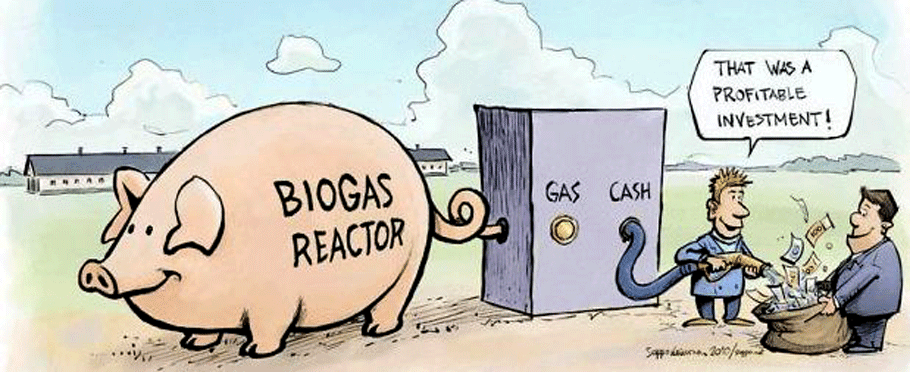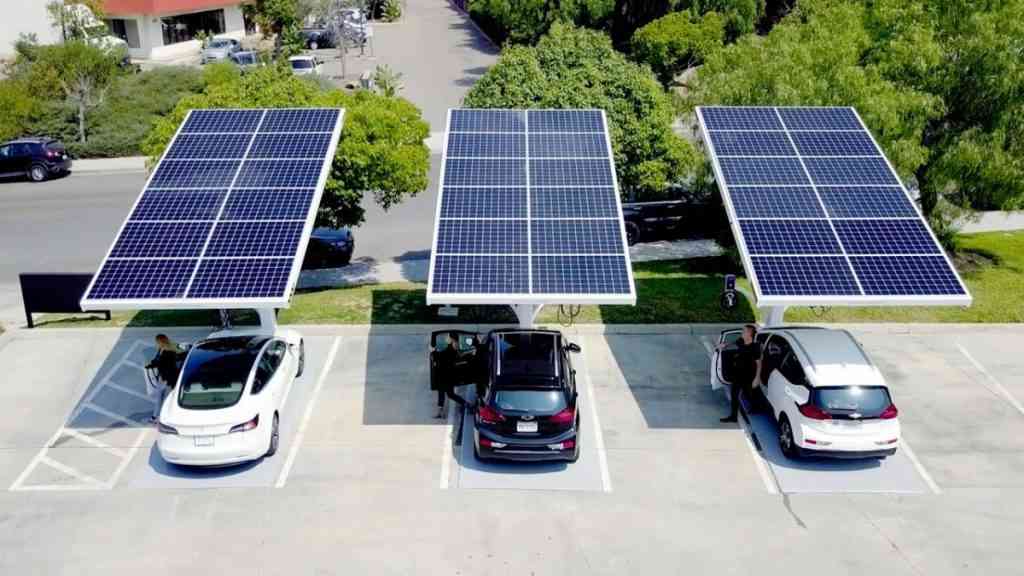
In my previous article, I focused on the carbon management cycle of an organisation. I noted that waste is almost always one of the outputs of any organisation. However, due to technological developments over decades, waste is no longer waste as we used to know it, but a resource which is quite valuable and the foundation of many thriving and very profitable businesses. Consider this, one of the richest self-made female billionaires Cheung Yan got her billions from recycling waste, paper more specifically.
Environment By Linda Chitemere

Organic waste is arguably one of the most abundant types of waste, followed by paper and plastic which are produced by households and businesses. This waste almost always finds its way into our landfills. Mismanaged waste leads to environmental hazards, increased greenhouse gas emissions and overflowing landfills yet it can be such a valuable resource and contribute to the sustainability and profitability of an organisation. In this article, I look at how to turn organic waste into various forms of energy.
When organic matter is allowed to decompose in landfills in the absence of oxygen, it produces and release, methane and carbon dioxide into the environment. Biogas is a combination of mainly these two gases. The organic waste can be household or restaurant food waste, agricultural waste and residue, energy crops, human waste, industrial, distillery, dairy, abattoir or animal waste, among others. The gas produced by organic waste which comprises mainly methane and carbon dioxide gases that are harmful to the environment is called biogas. Biogas can be harvested in its raw form as fuel to produce electricity, light and heat for cooking and heating, or it can be purified to give thermal rich methane and carbon dioxide. The methane can be compressed and used as replacement fuel for LPG, petrol and diesel generators and engines, as well as vehicular fuel in place of petrol and diesel with minor modifications to the engines. Other outputs from the biogas digester process include a solid and liquid digestate which can be used as a biofertiliser or to make animal feed.
Africa, and Zimbabwe in particular, are agro-based economies and therefore organic matter is abundant both in urban and rural areas. High populations in the urban centres, especially the densely populated areas, has resulted in waste dumps coming up in undesignated areas posing a health hazard to residents. Hence, harnessing this resource systematically provides economic, social and environmental benefits for Zimbabwe, especially in current times where sustainability of any Zimbabwean organisation is quite elusive and hence waste management becomes a key strategic imperative.
Biogas installations that have been rolled in Zimbabwe have not been successful because the design and maintenance of a biogas plant, whether small at household level, or at an industrial scale, is quite a science whose dictates must be studied and implemented rigorously for a plant to produce the expected results and be economically viable.
These installations have been at rural household levels, a few farms, schools and hospitals and huge potential still exists for urban households, industrial and agricultural installations. However, all the big installations in Zimbabwe are small compared to other installations in countries like South Africa, Tanzania and Kenya, and certainly much smaller than those installed in Europe, the USA and China where installations run into the megawatt range.
A very good example of how a company can include a biogas installation into its carbon emission management programme is the Bio2Watt 4,6MW biogas plant in South Africa which produces electricity, which it uploads into the national grid with a BMW manufacturing plant as the off-taker. In this case, BMW has a clear plan and objective to reduce its dependency on the coal-based grid supply by introducing the use of renewable energy, thus reducing its carbon footprint.
- Chamisa under fire over US$120K donation
- Mavhunga puts DeMbare into Chibuku quarterfinals
- Pension funds bet on Cabora Bassa oilfields
- Councils defy govt fire tender directive
Keep Reading
Another example of a utility scale biogas installation is a 2,2MW plant in Kenya, which uses organic waste from farms surrounding it and sells the electricity to the grid and surrounding farmers. There are also several other smaller installations scattered around the continent of dairies and slaughter houses converting their waste into electricity and heat for their own use. All installations are examples of responsible and sustainable waste management turned into real profits.
lLinda Chitemere offers consulting and training services in renewable energy and environmental management and can be contacted on [email protected] or [email protected]











